I use a lot of cinnamon when baking. I love the smell it leaves in my cupboard, the aroma that wafts through the house when I’m baking, and of course, the flavor. That said, cinnamon is expensive. I think my last jar cost close to 15.00 USD. I use so much that I always buy the largest container available.
It’s a powder (or sometimes I use the sticks), it’s brown, it smells and tastes wonderful — but that’s about all I know about cinnamon. I may have once known that cinnamon is part of a tree, but I only recently learned that cinnamon comes from tree bark.
The fascination surrounding the origin of cinnamon had me wondering about the source of some other preferred foods: almonds, vanilla, and many more. I started doing research and was surprised to discover what these foods actually look like while growing. Not at all like the product I purchase at the store. Some even sport beautiful flowers!
Cinnamon
How would you describe the flavor? Woody? Perhaps. Exotic? Definitely. I have always taken for granted that cinnamon powder was created from cinnamon sticks, but I never realized a cinnamon stick is the dried inner bark of the evergreen tree, Cinnamomum zeylanicum (the name being derived from the former name of the island of Sri Lanka – Ceylon) where this tree grows. And grow it does.
In the wild, this evergreen can grow up to 65 feet high. However, to obtain optimum cinnamon harvest, the trees are pruned after the first two years. The trees are harvested twice a year after the rainy season when the inner bark is easiest to manipulate. My so-called cinnamon sticks are created from the inner bark that is peeled, rolled into long canes, and dried.
Although Sri Lanka’s Cinnamomum zeylanicum evergreen produces the highest quality of cinnamon, most of what we use today comes from the cassia tree, a close relative that grows in Southeast Asia. With its long history as an exotic spice, dating back to the Romans and Egyptians who used cinnamon in their embalming rituals, this spice is perhaps the best known and the most used — though people are generally unaware of its origin.
Sesame Seeds
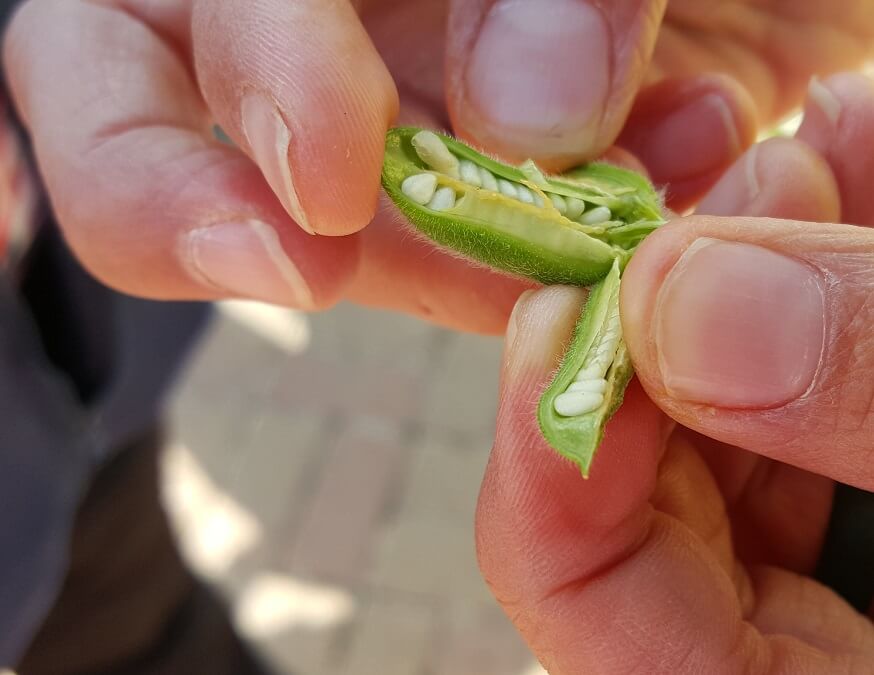
Now here’s something I’d like to try growing since I use a lot of sesame seeds in my baking. I love the flavor, especially sprinkled on home-made bagels and honey-toasted squares. Like cinnamon, sesame seeds are something I take for granted. I purchase it at the grocery store and use it at will, never considering how it grows.
Imagine my surprise when I discovered the sesame seed comes from a plant that looks like green beans or pea pods. And, like green beans and peas, the seeds are nestled inside the pod. Only the plant’s sprouts grow straight out of the ground.
Horseradish
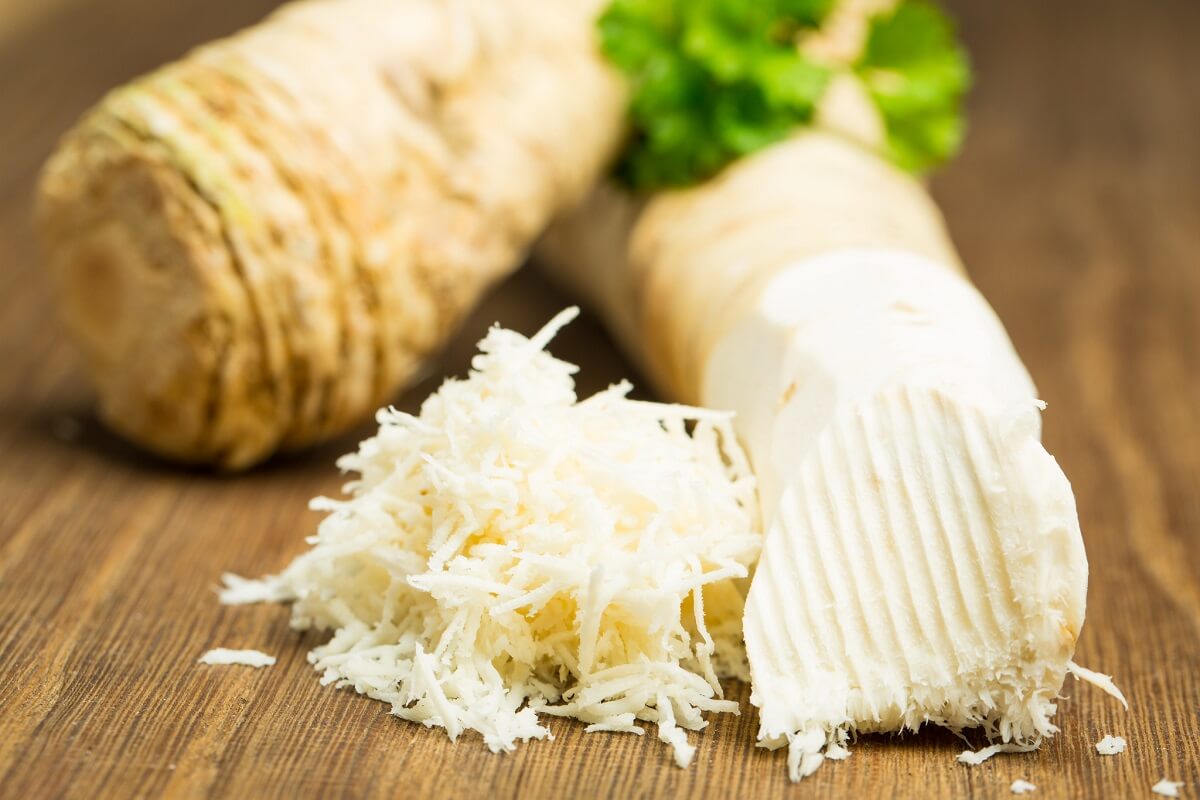
No, it doesn’t come in a jar, creamed, and ready to relish a luscious slice of roast beef. Horseradish is a root much like carrots and parsnips. Only this root is almost too easy to grow. It’s very invasive. Plant one root and soon your entire garden will be literally crawling with horseradish. The above-ground plant looks a lot like a cabbage green which is not surprising since it belongs to the cabbage family.
Ginger
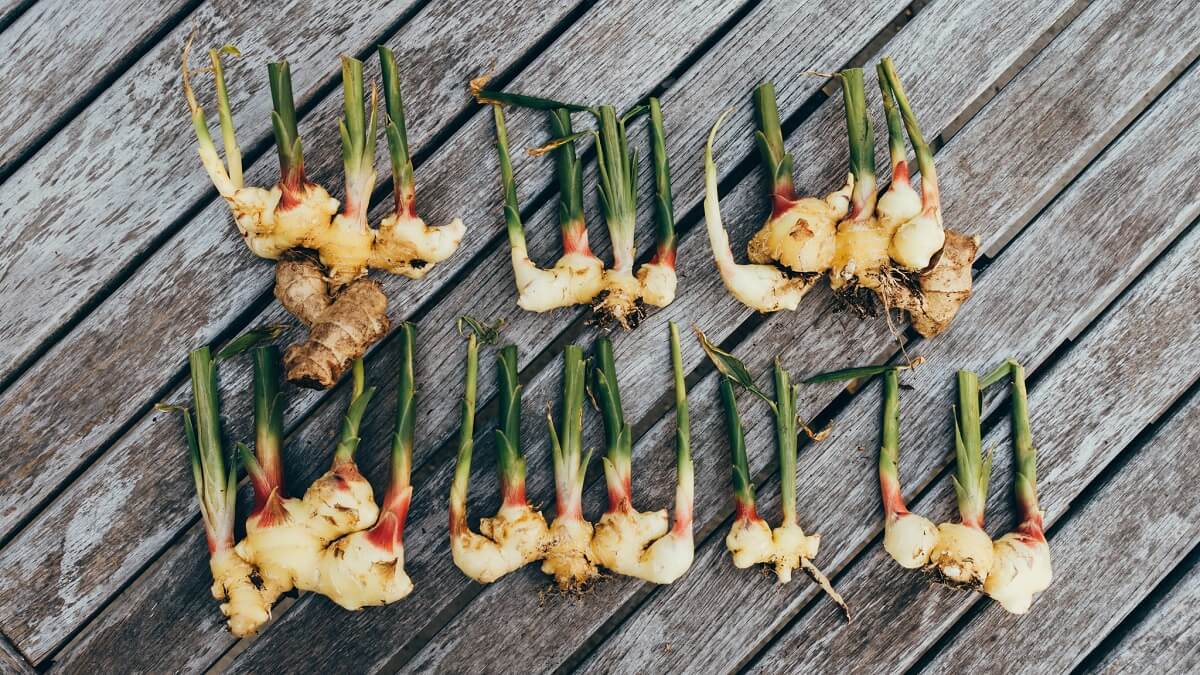
Now this spice I would recognize in the produce section, though I must admit it’s easier to just purchase the dried powder. Ginger is also a root and it looks something like horseradish, only smaller with a definitely sweeter smell. But that’s just the root. If asked to identify the ginger plant, which is the part that grows above ground, I might have some difficulty.
Related Post: Growing Ginger (With Tips For Indoor And Outdoor Growing)
In fact, as an herbaceous perennial with false stems that grow about 3 feet tall, the plant sports beautiful yellow and purple flowers. I never would have guessed the ugly root I grind to make ginger tea is a lovely, flowering perennial. And, the leaves are apparently edible as well, giving the same poignant flavor as the root but not as strong.
Ginger might be fun to grow. Apparently, I can start a ginger plant using a single root purchased in a grocery store. Stands to reason. After all, it is a root.
Allspice
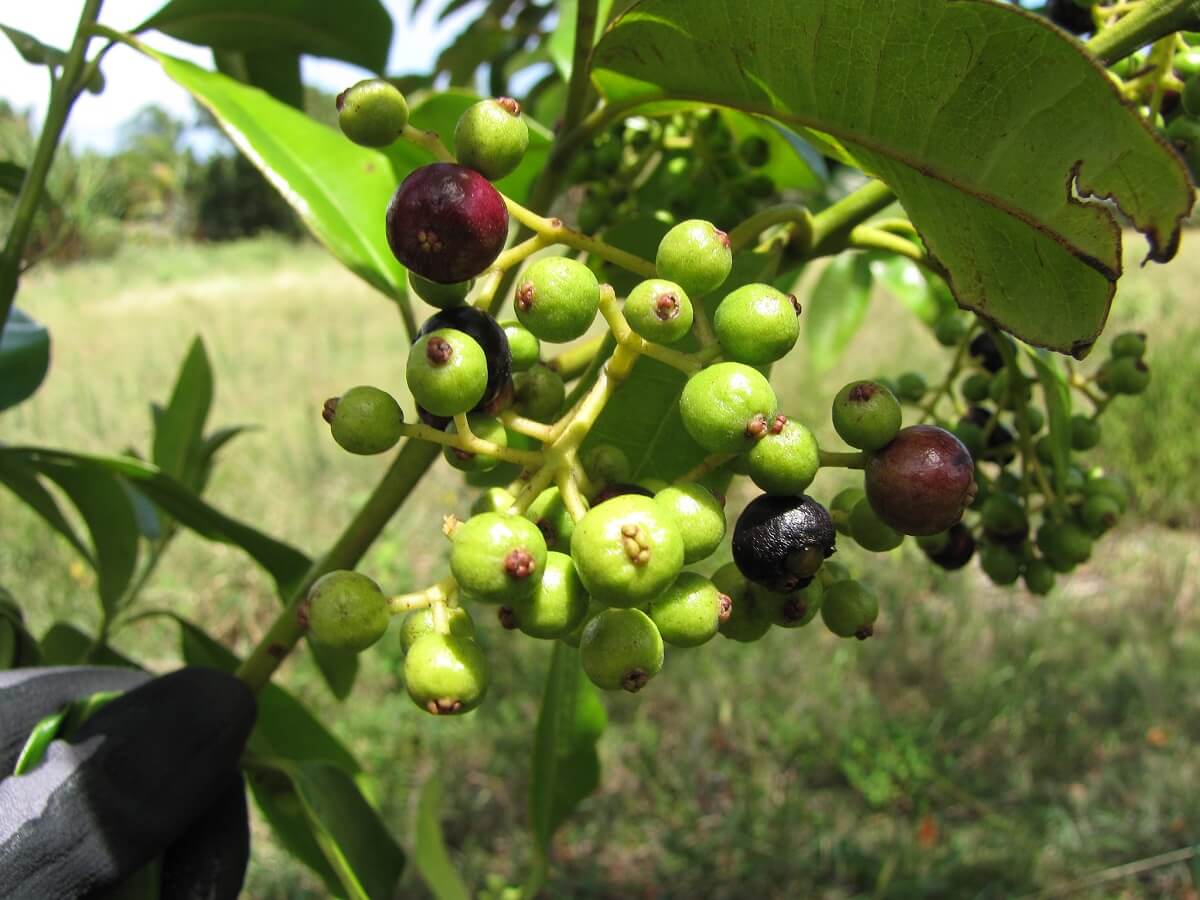
With its many names including Jamaica pepper, myrtle pepper, and pimento, allspice is actually a dried unripe berry that grows on a mid-canopy tree (Pimenta dioica) native to southern Mexico and Central America. And here I thought it was merely a dried powder that added a touch of pizzazz to my Christmas cake.
Nutmeg
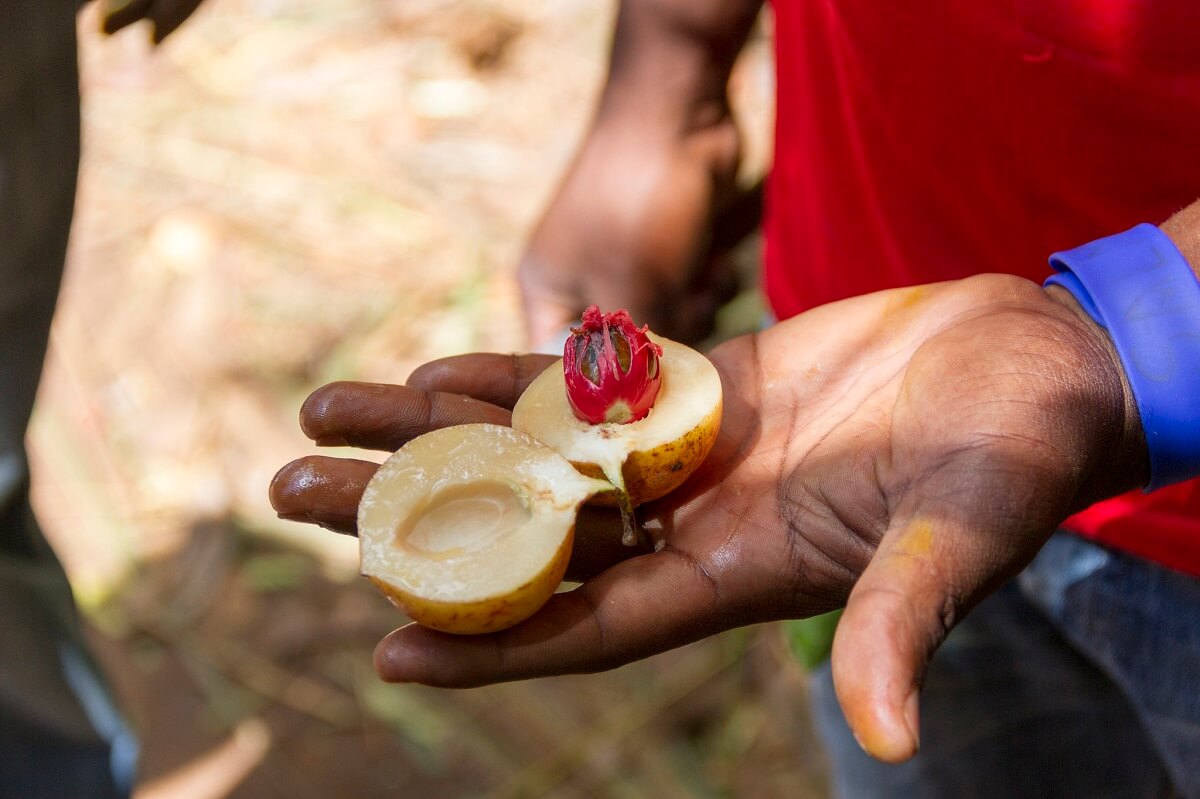
I don’t use a lot of nutmeg, but I do love the smell. It’s a powerful spice for sweet dishes (particularly fruit) and you don’t need much to have a little nutty, nutmeg flavoring. Like many of the other spices, I have always taken for granted this little brown spice. I never realized it came from a dark-leafed evergreen tree that is actually cultivated for two spices: nutmeg and mace (another spice I keep on hand, but seldom use and only sparingly).
The nut, or more accurately, the seed of the fruit (which looks very much like an apricot) is the source of these two spices. Nutmeg comes from the seed itself and mace comes from the red seed covering (known as aril). The aril looks rather creepy the way it encircles the seed, but when this covering is removed and laid flat to dry, the process changes the color to a more familiar tan.
Pistachios
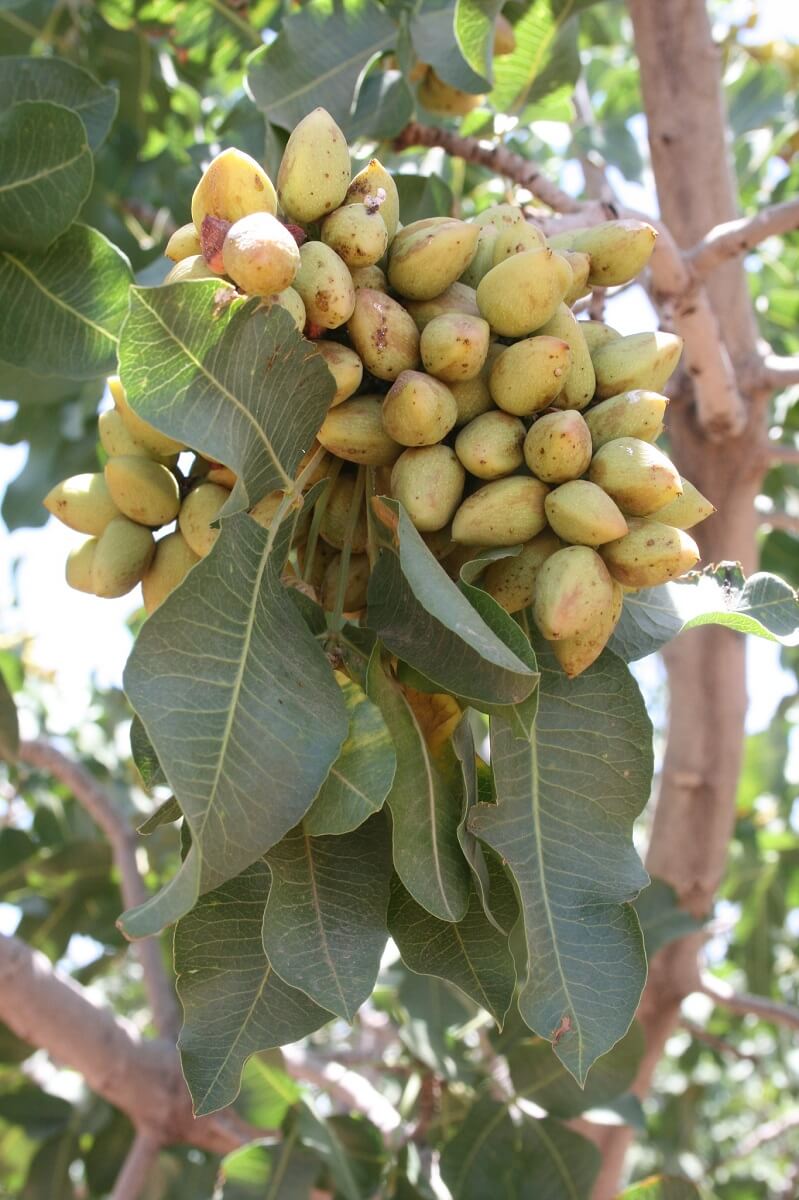
I’m not a nut person, but pistachios are a unique addition to any cupboard. Pistachios grow in clusters of hard, cream-colored fruit (drupe) that look like mangoes, and the elongated nuts/seeds inside look like cashews. The nut/seed is the edible part and when dry-roasted, it’s used in all kinds of sweet and savory dishes including ice cream, chocolate, and cold cuts.
Peanuts
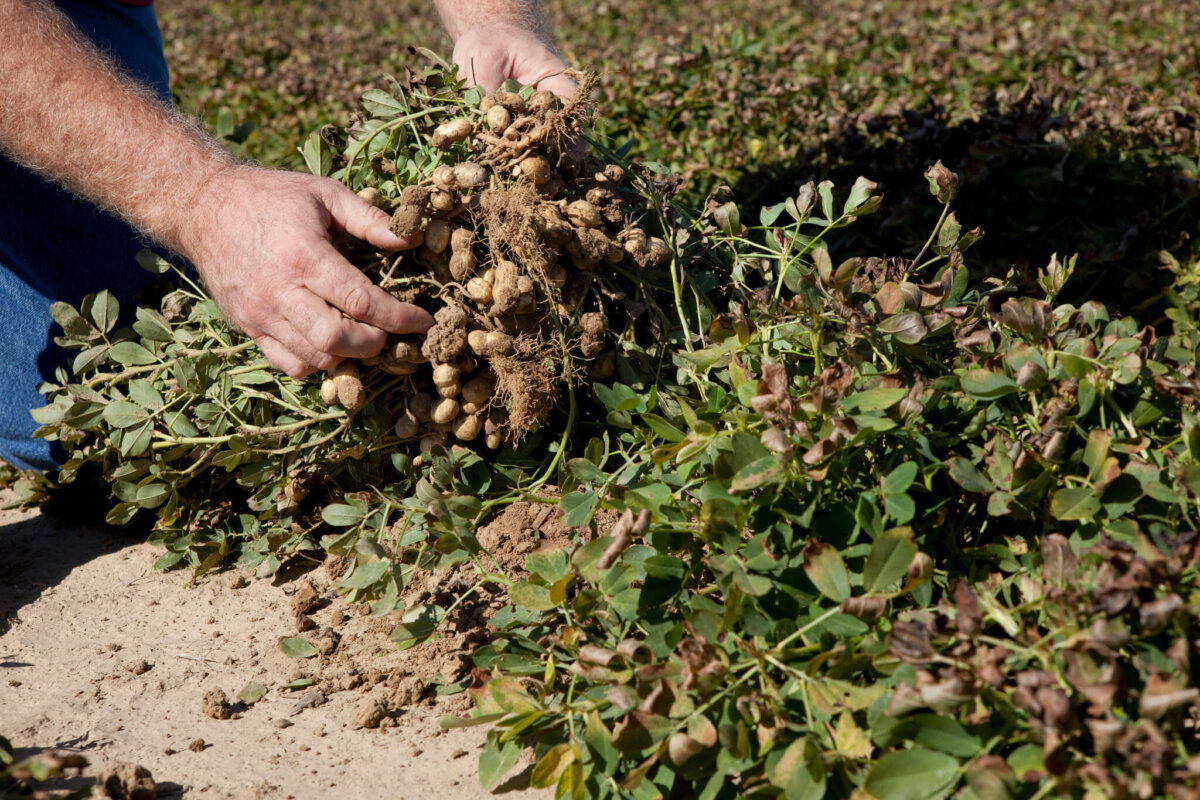
I have to admit, I never knew that peanuts grew on wildflower plants. Growing up near the former tobacco fields in the Niagara Peninsula (which were converted to peanut fields), I should have understood the beauty that peanuts created before the nuts were ready to harvest. All I saw was the neat rows of low-growing greenery — not the beautiful wildflower that preceded the nut.
Related Post: Growing Peanuts
A field of pretty yellow wildflowers does sound enticing. As much as I love peanuts, however, and use them in many of my dishes, the thought of growing an entire field is mind-boggling. It might be pretty when it flowers, but when the bulbous nuts take over, the beauty of the yellow wildflowers disappears — leaving a ragged finale to a once luscious yellow field.
Peanuts would be too labor-intensive for my small garden plot. The process is a delicate one, and I don’t believe peanuts would do well in my growing area which is further north with a more severe winter than the Niagara Peninsula. Plus, I’m sure the local squirrel and chipmunk population would have a feast before I lucked into harvesting any.
Vanilla Bean
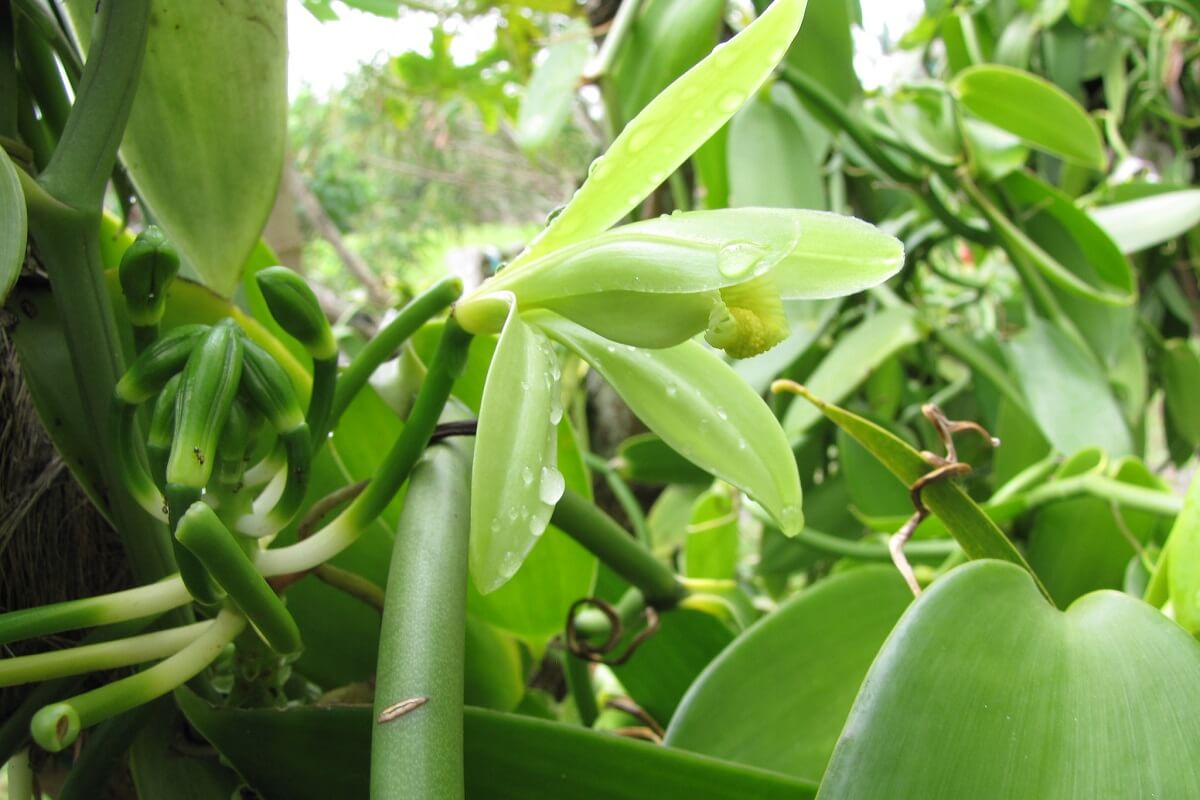
I use a lot of vanilla in my baking. I buy the long dried strands of vanilla beans (which look surprisingly like green beans) and grate them to flavor puddings and sweet sauces. What I didn’t realize is the vanilla bean derives from an orchid of the genus Vanilla.
Related Post: How To Grow The Vanilla Plant
For someone who loves orchids and has an impressive indoor orchid collection, this was a surprising discovery. The flower grows on a vine, but it is definitely a white orchid. Every flower on the plant produces one fruit, and it’s inside the fruit that the long pods grow. It’s these pods that are harvested and dried to produce the vanilla used by bakers around the world.
Since vanilla bean comes from an orchid variety, it might be an interesting addition to my indoor orchid collection. However, without natural pollinators, it would serve only as a plant and not a source of vanilla.
Almonds
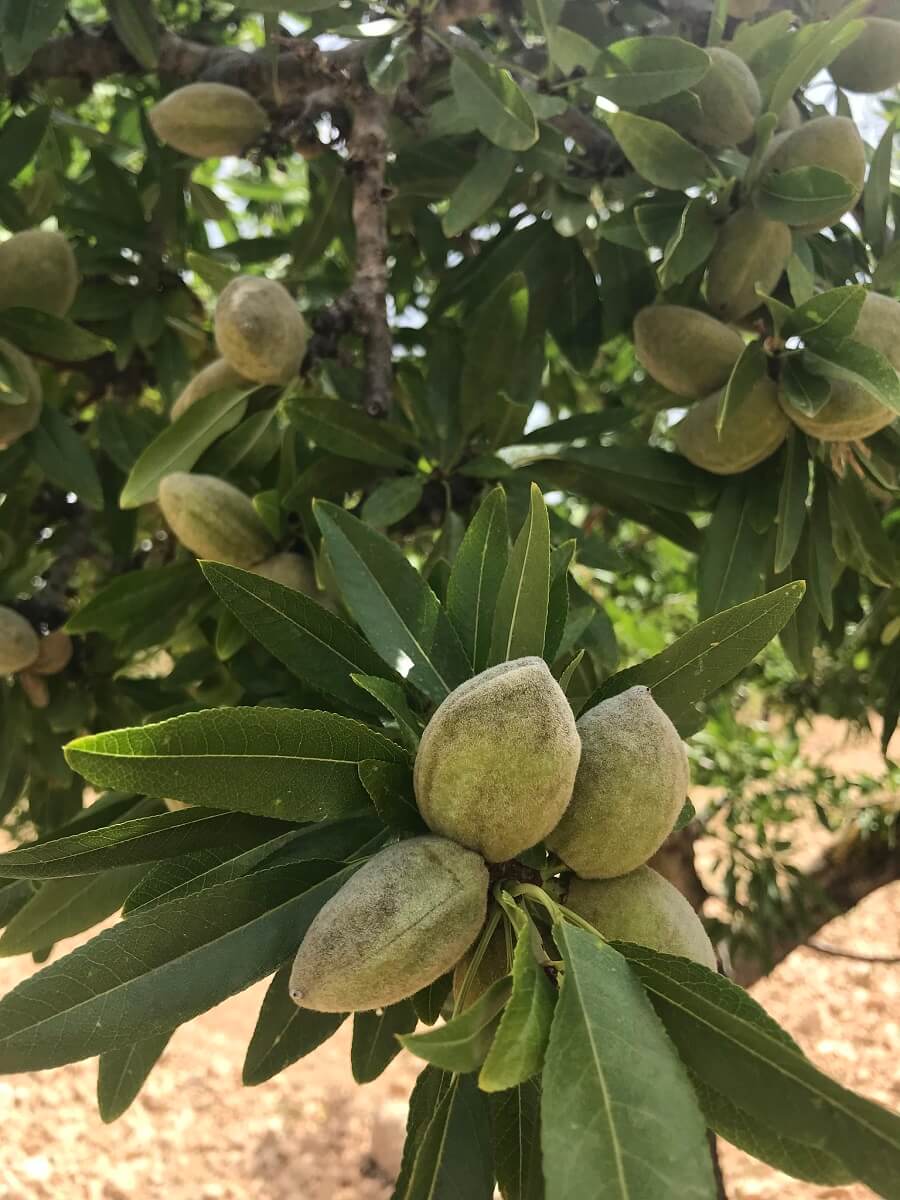
This is a nut, that’s not really a nut since it grows on a tree. I love almonds and often use almond flour (or almond meal) as a substitute for wheat flour. There is great debate over whether or not almonds are nuts because they grow on trees. Those people who suffer allergic reactions to all nuts may or may not have the same reaction to almonds.
The almond tree produces white to light pink flowers that turn into pods. Inside them are the almond fruit which is harvested as the almond we consume. Botanically speaking, almonds that are harvested are actually a fruit or drupes, not nuts.
Cashews
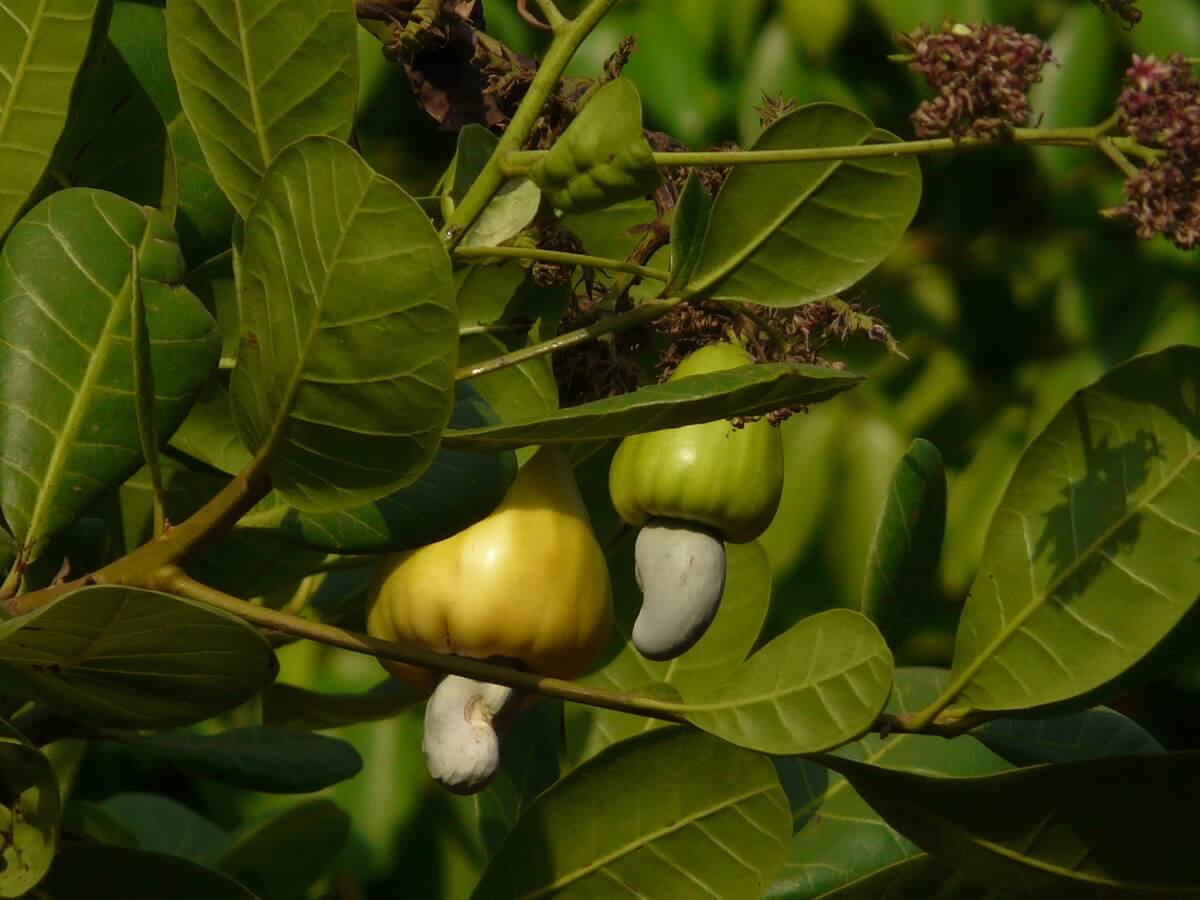
Another nut (and one we all know well), cashews grow on a tropical evergreen tree inside a weird-looking fruit that is called a cashew apple. As the fruit hangs from the tree branches, it really appears more like a pear than an apple. And it has many uses other than culinary: lubricants, paints, and military arms.
Saffron
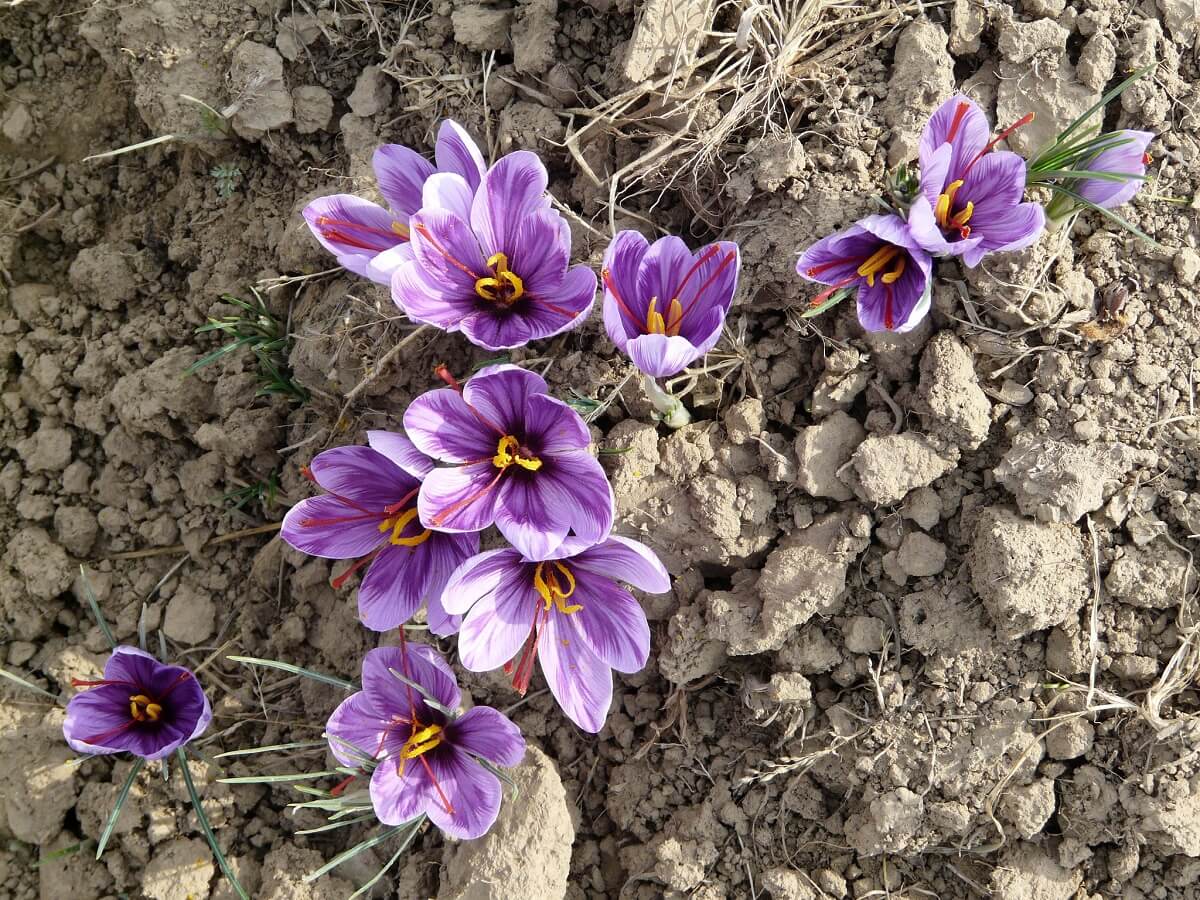
I don’t use a lot of saffron, but it does add zest to some of my rice dishes. Surprisingly, it’s also used as a fabric dye and in perfumes. I never would have guessed the saffron flower is a type of crocus (Crocus sativus or saffron crocus).
Related Post: Growing Saffron Crocus Bulbs
It’s a beautiful purple crocus-shaped flower, but it’s not the flower itself that are used, but the rather bright crimson red stigma and styles or threads that flutter inside it. They’re pulled from the middle of the flower and dried for use.
The saffron crocus would be a delightful addition to my spring garden. But, I’m not sure I’d be successful in harvesting any stigma. Most of my crocuses are devoured by chipmunks and red squirrels, so it might not survive long.
Curry
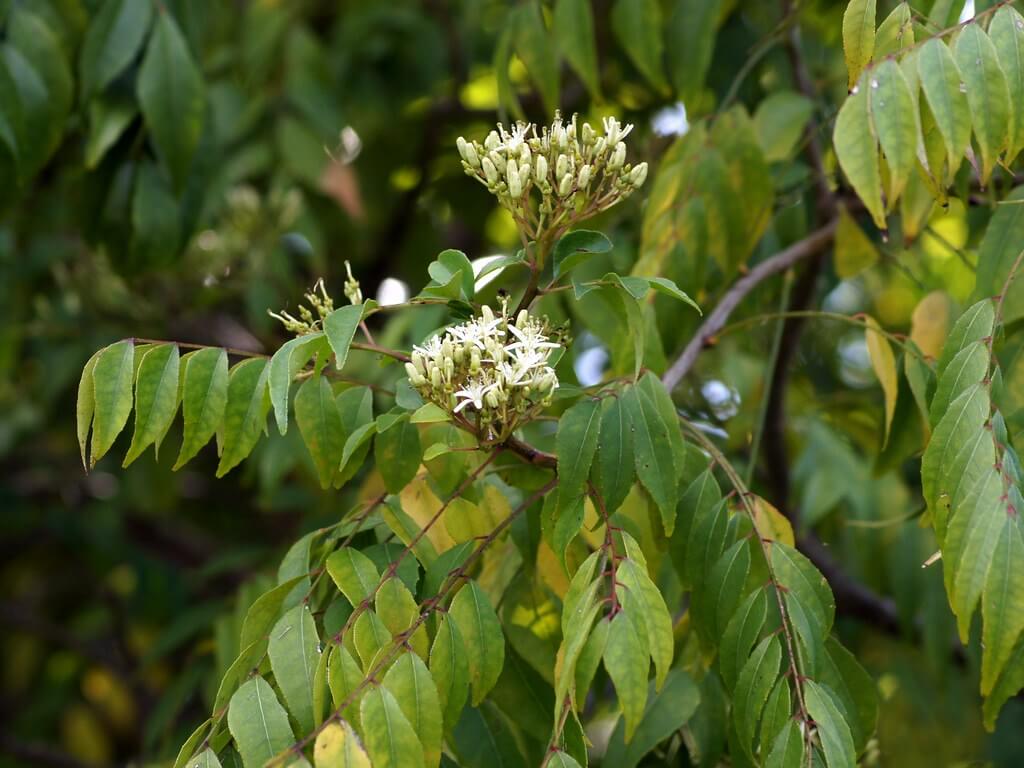
Once again, not a spice I use often, but I do enjoy a pinch or two in a rice dish or stew. It’s a fragrant, powerful spice used in Asian dishes, and considering all the herbs and spices that grow as ground cover, it’s interesting to note curry grows on a tree. The curry tree, to be precise.
The tree blossoms with white fragrant flowers. These blossoms self-pollinate and produce shiny black drupes which contain a single seed. The pulp from the seed is edible and sweet. But it’s the tree leaves, fresh and dried, that are used in the many curry dishes. With its medicinal properties, the leaves are used as an herb as well.
Cacao
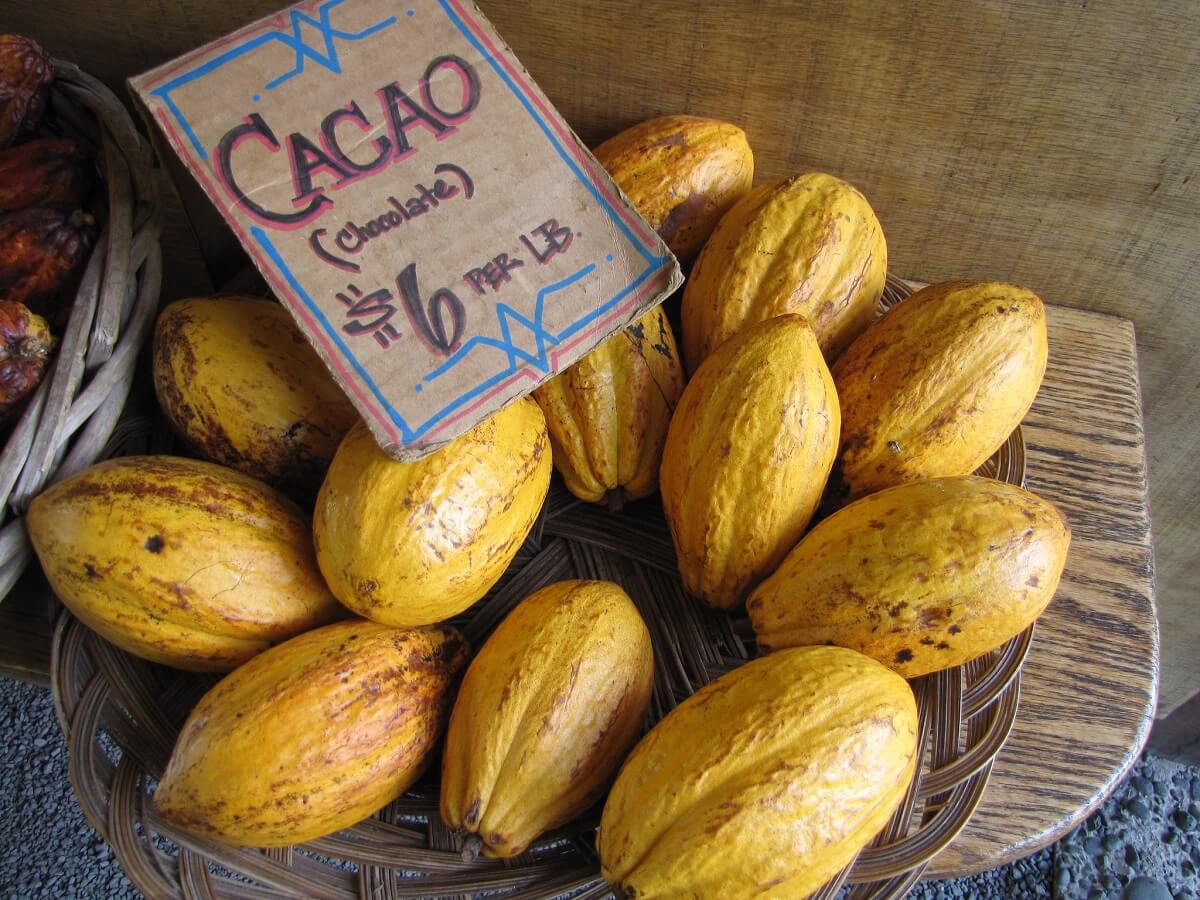
I have to include this one. My all-time favorite food is chocolate! I always knew that chocolate came from a bean and was grown and harvested in tropical countries. What I didn’t know was that chocolate, or cacao in its pure form, actually comes from the seeds of a tropical evergreen tree — which people like me typically describe as beans. The leaves on this tree are long and broad. The small flowers with their pink calyx grow in clusters directly on the trunk.
Unlike other flowers that are pollinated by bees or butterflies, cacao is pollinated by tiny flies. The fruit that develops from the pollinated flowers is ovoid and called a cacao pod. It ripens from yellow to orange and every pod contains 20 to 60 seeds/beans that are embedded in a white pulp much like a melon fruit. The pulp is used in some countries to make juices and smoothies. But it’s the seed with its 50% fat content, that is harvested and manufactured into the many chocolate products we consume.
Mmmm! I’d love to grow my own chocolate. Wouldn’t I be the envy of the community? But, alas, it wouldn’t survive my northern climate.

There are many more foods that we take for granted as we add them to our daily diet. Foods that may be fascinating, unique, odd, or even beautiful in their natural growing habitat. Which ones that I mentioned above would I be willing to try in my garden? Well, I have tried horseradish. A good friend suggested it as a means to break up the tough soil of a new plot. It did just that and more (took over the entire garden and beyond). It was a good horseradish harvest, though.
Related Post: Growing Horseradish In The Homestead Garden
Many of the spices need a tropical environment. As much as I’d love to add a Cinnamomum zeylanicum evergreen to my already well-populated evergreen forest, I don’t think it’d do too well. It wouldn’t survive the winter for one thing. And the short summer months can be harsh.
I have some things to consider while I plan ahead for my spring gardening. There may be some spicy additions — we shall see. As for the unusual origins of my everyday spice rack, I’m sure there will be more surprises as I explore where and how things grow.


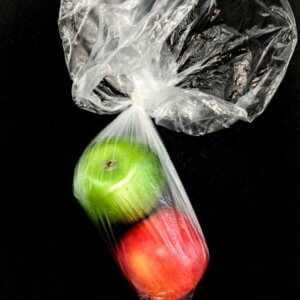
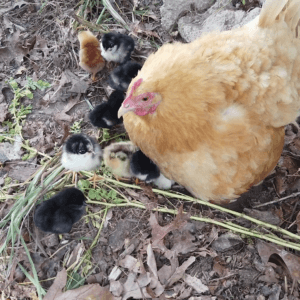


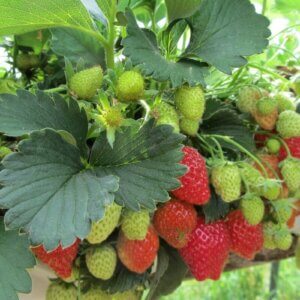


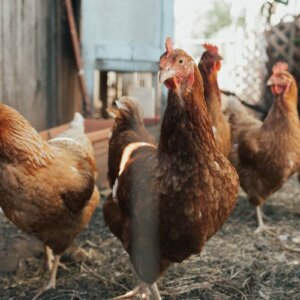
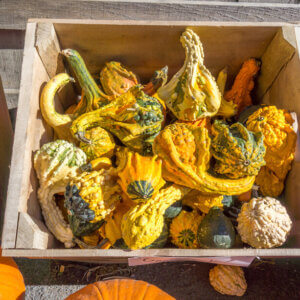

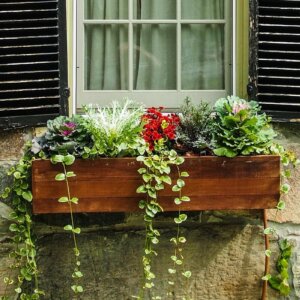




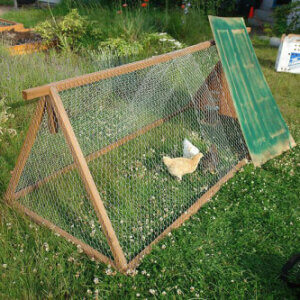
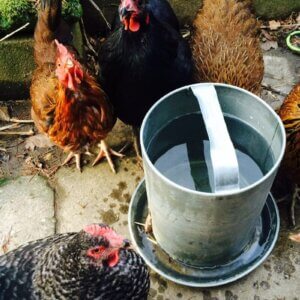
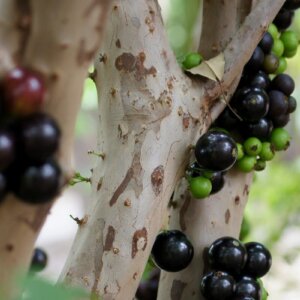

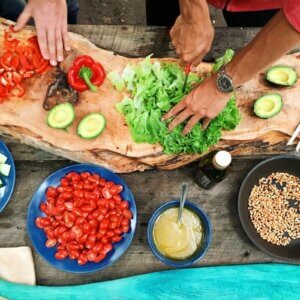



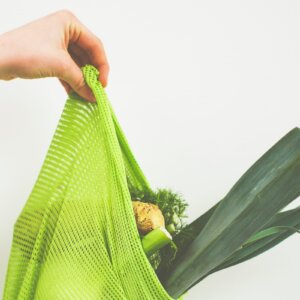



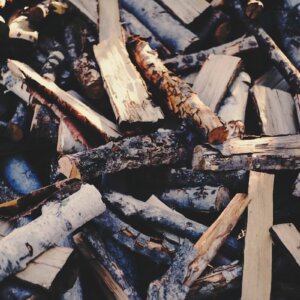
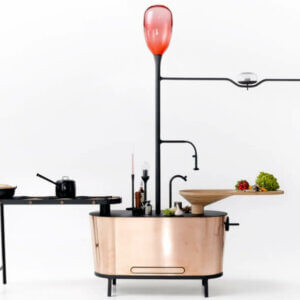
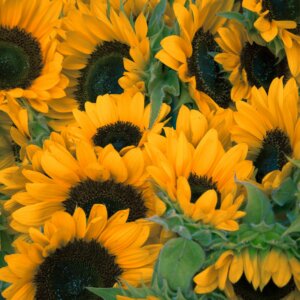


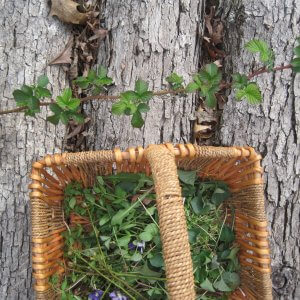

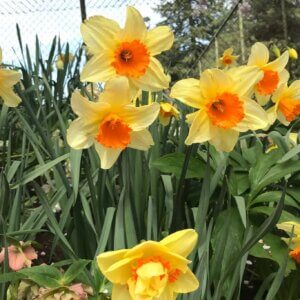

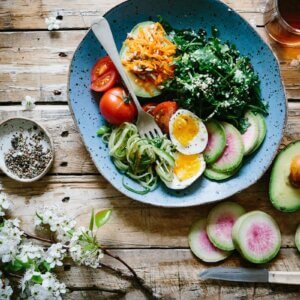
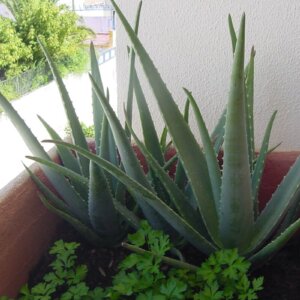

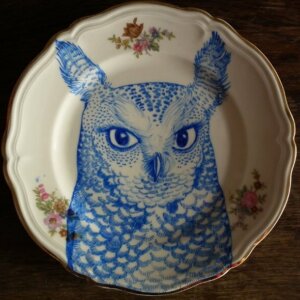
Leave a Reply